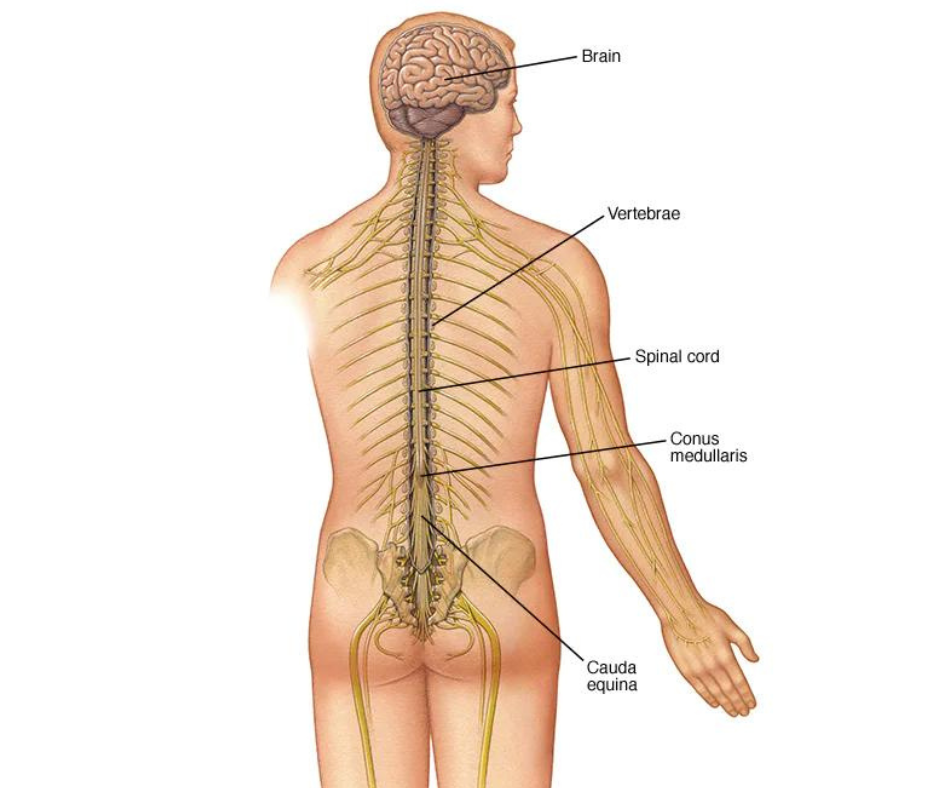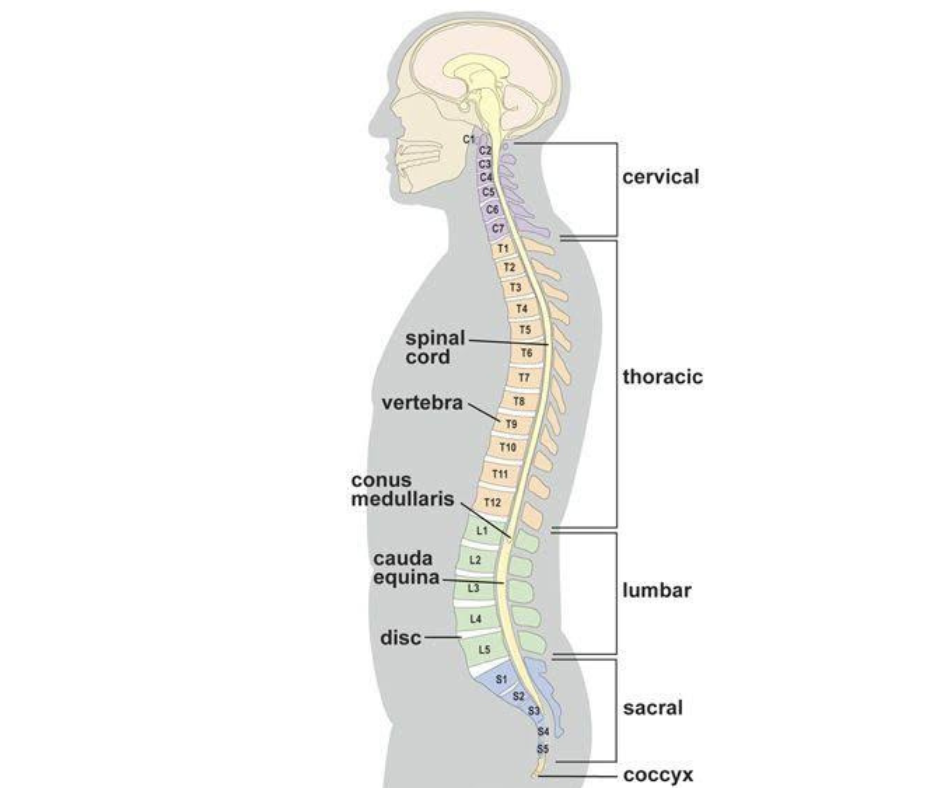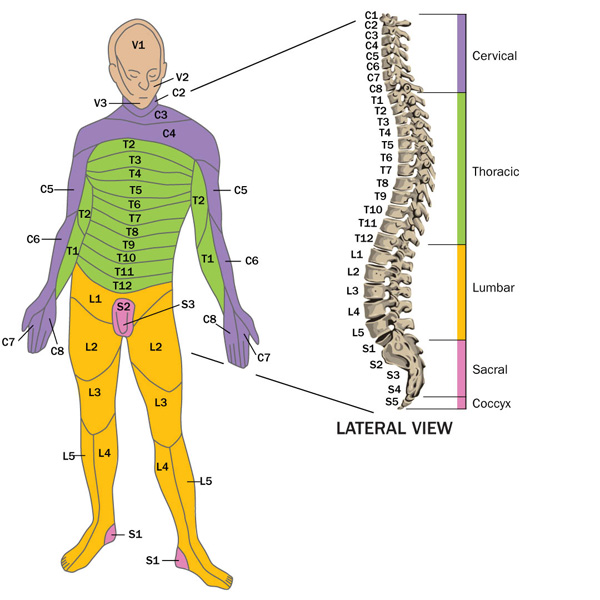Spinal Cord Injury Treatment
Changes In Spinal Cord Injury Patient -Before & After Videos
Let our Patient Speak for Us
Condition before the treatment:
Mr.Girishchandra, 47 years young man meet with a road traffic accident approximately around one year back, which caused spinal cord injury leading to Quadriplegia his life causing disabled. There was Loss of bowel & bladder control. He also had occasional trembling in his left hands, as level is C6. He had poor grip and release in both hands. He had limited movements of his both hands. When all the doors were closed, he found a little light of hope in Stem cell therapy.
Condition after the treatment:
After just 30 days Clinical improvement was much better observed after the stem cell therapy. The first change noticed was the reduced tightness and stiffness in his muscles and joints. As the time when, his sensory level increased considerably. His power was also improved. After one month with trunk control he was able to balance his body weight while sitting. After 3 months he recovered his full sensation of bladder &bowel Now after 6 months Mr Girishchandra can walk without support with full recovery of In this way Stem cell Therapy improved the quality of life.

Spinal cord injury
Condition before the treatment:
Mr pandit, 37 years young man felled from tree approximately around six months back which caused dorsal spinal cord injury leading to paraplegia. There was total loss of power & sensation below umbilicus. There was Loss of bowel &bladder control.Developed bed sores, urinary tract infection due to long time bed ridden.
Condition after the treatment:
After just 30 days Clinical, improvement was much better after the stem cell therapy. The first change noticed flickering movements in his muscles and joints. After 2 months, his sensory level increased considerably. His power also improved so he was able to balance his body weight while sitting. After 3 months, he recovered his full sensation of bladder&bowel now after 6 months He can walk with support.

Spinal Cord Injury
I am Madhav Patil age 45 years admitted in universal hospital of Regenerative Medicine for his treatment in Spinal Cord Injury. I could not walk properly and no sensation in my Legs.
I was heard about the treatment from my close friend and started treatment at universal hospital pune . After treatment there was visible changes i got power in my leg .
I am initially stood up with caliper. Later on with the help of Continuous Physiotherapy and treatment of Regenerative Medicine i can walk Slowly with walker.”
“I am very happy and impressed with the treatment. thank You Universal hospital Doctor & Team.

Spinal Cord Injury
Spinal cord injury treatment in India:
Mesenchymal stem cells (MSCs) are a type of cells with the remarkable ability to renew themselves and transform into various mesodermal tissues, including bone, cartilage, muscle, and fat. Extensive research has shown that MSCs can also differentiate into neurons and glial cells, making them valuable trophic agents and cell-saving agents. They possess the capacity to stimulate the production of neurotrophic factors and cytokines, while adopting multiple cell phenotypes. Additionally, MSCs have the capability to modulate inflammation and promote the release of reparative growth factors.
In most studies, MSCs have been directly injected into the affected area. However, there have also been successful reports of administering MSCs through intrathecal, intravenous, or lumbar puncture methods.
Best treatment for spinal cord injury is stem cell therapy as it offers promising potential in the treatment of spinal cord injury. Extensive research has been conducted in both animal models and humans to explore the efficacy of cell therapy for this condition. The primary goal of this approach is to replace lost or damaged cells in the spinal cord, as well as promote axonal growth and remyelination. When applied, the cells migrate to the injury site and initiate a reparative process. They release trophic factors that halt neuronal degeneration and stimulate the formation of new blood vessels. These factors also activate dormant cells and recruit them to the site of injury.
Universal hospital is one of the best hospital for spinal cord treatment in india where bone stem cell treatment for spinal cord injury has demonstrated the formation of functional neuronal circuits, which in turn promote functional recovery.

Furthermore, it has been shown to modulate the immune response following spinal cord injury, break down inhibitory scars within the spinal cord, eliminate cellular debris, and protect neurons.
Initiating cell therapy for spinal cord injury within six months of the injury reduces the risk of inflammation. This approach facilitates neuroprotection and neuroregeneration, leading to the formation of fresh synapses and axonal sprouting, which promote the growth of new neurons. In specific cases, cell therapy is employed to enhance the growth of existing tissues through angiogenesis and neuroprotection.
Cell therapy for spinal cord injury utilizes the action potential generated by the rapid rise and fall of latent cell sources. This process facilitates the repair and renewal of cells, including neurons and glial cells, which transmit electrochemical impulses. These cells serve as carriers of information between the brain and the spinal cord. Moreover, cell therapy aids in the regeneration of the myelin sheath and enhances nerve conduction speed. By releasing neurotrophic factors, cytokines, and other molecules, it promotes the generation of new blood vessels, facilitating the regeneration of cell tissues. Collectively, these factors contribute to the establishment of a new structural order for nerve cells at the damaged area.
Spinal cord surgery cost in india is in the affordable range in Universal hospital best hospital for spinal cord surgery in india.

What is spinal cord injury?
The spinal cord serves as a crucial pathway for communication between the brain and the body, protected by layers of tissue known as meninges and encased within the spinal bones. The spinal cord plays a pivotal role in transmitting sensory, motor, and reflex messages throughout the body. When a spinal cord injury occurs, this vital connection is disrupted, leading to a range of complications. Impairments in sensory perception, motor function, and reflex responses are commonly observed following such injuries. Moreover, the severity of these impairments tends to escalate with higher levels of spinal cord injury.
It is essential to recognize the profound impact that spinal cord injuries can have on an individual’s functioning and well-being. Prompt and appropriate medical attention is crucial to mitigate the long-term consequences associated with such trauma.
Spinal Cord injury treatment in India necessitates timely and precise surgical interventions, coupled with critical care support. Subsequently, a comprehensive spinal cord injury rehabilitation program becomes imperative to facilitate neuronal reorganization and functional compensation. While certain degrees of neurological recovery may be attainable, individuals with initially complete spinal cord lesions often experience profound and irreversible neurological impairments.
In recent years, cell-based and stem cell treatment for spinal cord injury have emerged as promising approaches in promoting functional recovery for patients with spinal cord injuries. These innovative treatment modalities hold the potential to enhance the regenerative processes within the damaged spinal cord, fostering neural repair and improved functionality.
Through the judicious integration of surgical interventions, critical care, neurorehabilitation, and new treatment for spinal cord injury like stem cell therapy, healthcare professionals strive to optimize outcomes and enhance the quality of life for individuals affected by spinal cord injuries. Ongoing advancements in Spinal cord injury treatment in India offer a glimmer of hope for promoting substantial functional recovery in this challenging patient population.
With a dedicated team specializing in Spinal Cord Injury Treatment in India, we strive to provide the highest quality care for each individual, tailoring our approach to their unique needs.Experience hope and restoration as we embark on a journey towards recovery together.
What are the types of Spinal Cord injury?
Spinal cord injuries encompass two main categories: complete and incomplete injuries, each with distinct implications:
Complete Injury: A complete injury results in total paralysis and loss of function below the level of the injury. It affects both sides of the body. Individuals with a complete injury may experience paralysis in all four limbs, known as quadriplegia, or in the lower half of the body, referred to as paraplegia.
Incomplete Injury: In contrast, an incomplete injury allows for varying degrees of preserved function on one or both sides of the body. Following an incomplete injury, specific pathways remain intact, enabling communication between the body and the brain.
The classification of a spinal cord injury as complete or incomplete plays a crucial role in determining the potential for functional recovery and rehabilitation strategies. Proper diagnosis and understanding of the injury type guide healthcare professionals in providing targeted care and support tailored to the individual’s unique needs.

Spinal cord injury may also be classified as per the levels of spinal cord affected:
The spinal cord is divided into distinct sections, each consisting of vertebrae. It is important to note that the level of injury on the spinal cord directly correlates with the extent of dysfunction that may ensue. In general, injuries occurring higher up on the spinal cord are associated with a greater degree of impairment and functional limitations.
Conversely, injuries located lower on the spinal cord may result in relatively less dysfunction. Understanding the relationship between the level of injury and the potential consequences is crucial for healthcare professionals to assess and manage spinal cord injuries effectively.
Cervical spinal cord injuries/ Quadriplegia (Tetraplegia):
- It pertains to trauma that affects the region of the spinal cord located in the neck and upper back, specifically above the shoulders. This type of injury is widely recognized as the most severe level of spinal cord injury due to its potential for significant functional impairments and complications.
- The cervical region plays a critical role in transmitting nerve signals to and from the brain, making injuries in this area particularly impactful. Prompt and comprehensive medical attention, specialized care, and rehabilitative interventions are essential in managing and mitigating the consequences of cervical spinal cord injuries.
- Cervical spinal cord injuries manifest with symptoms including impaired respiration, loss of bladder and bowel control, and loss of limb function.
Thoracic (Dorsal) Spinal Cord Injury / Paraplegia:
- Thoracic spinal cord injuries impact the musculature of the upper chest, mid-back, and abdominal region. Typically, individuals with this level of injury retain normal arm and hand function.
- The thoracic region of the spinal cord plays a crucial role in transmitting nerve signals to the corresponding muscles, and injuries in this area can result in a range of functional impairments.
- Paraplegia, a form of spinal cord injury, is characterized by the loss of sensation, movement, and function in the lower half of the body, below the level of the injury.
Lumbar & Sacral Spinal Cord Injury :
- Lumbar spinal cord injuries primarily impact the functionality of the hips and legs. Individuals afflicted with this level of injury often require the assistance of a wheelchair or may rely on braces for mobility.
- On the other hand, sacral spinal cord injuries primarily affect the hips, back of the thighs, buttocks, and pelvic organs. Those with sacral injuries generally retain the ability to walk, albeit with some degree of impairment.
- Damage to the lumbar and sacral spine can lead to various symptoms, including partial loss of bladder and bowel control, impaired sexual function, and potential functional limitations in the lower limbs (hips and legs). While individuals with such injuries may still retain the ability to walk, they may experience some degree of functional impairment.

Spinal cord injuries can manifest with a range of symptoms:
- Sensory Changes: Patients may experience numbness, tingling sensations, or a loss of sensation in their hands and feet. These sensory alterations can significantly impact the perception of touch, temperature, and proprioception.
- Paralysis: Paralysis can occur either immediately or gradually develop over time, particularly when swelling or bleeding affects the spinal cord. The extent and distribution of paralysis depend on the location and severity of the injury, potentially resulting in complete or partial loss of motor function below the level of the injury.
- Head, Neck, or Back Pain: Individuals with spinal cord injuries may encounter pain or pressure in the head, neck, or back. This discomfort can stem from the injury itself, surrounding tissue damage, or secondary complications arising from the trauma.
- Loss of Movement: One of the hallmark signs of spinal cord injury is the loss of voluntary movement. This can involve the inability to move specific body parts, perform coordinated actions, or carry out routine activities of daily living.
Causes of Spinal cord injury:
Traumatic spinal cord injury :
- Traumatic spinal cord injuries result from sudden and unforeseen damage to the spine, typically caused by factors such as dislocations, vertebral compression, and fractures.
- These injuries occur as a consequence of external forces applied to the spine, often resulting from accidents or trauma. The impact of these incidents can lead to varying degrees of spinal cord damage, which in turn can result in significant functional impairments and neurological deficits.
- Non-traumatic spinal cord injury:
Non-traumatic spinal cord injuries can occur due to a variety of underlying conditions.
- Arthritis, such as rheumatoid arthritis or ankylosing spondylitis, can contribute to spinal cord injury by causing inflammation and damage to the joints and surrounding tissues. Cancerous tumors that develop in or near the spinal cord can exert pressure on the delicate neural tissues, leading to spinal cord injury. Metastatic cancer, which spreads from other parts of the body to the spine, is a common cause.
- Inflammation of the spinal cord, known as myelitis, can result from viral or bacterial infections, autoimmune diseases, or other inflammatory conditions. This inflammation disrupts the normal functioning of the spinal cord and can lead to injury. Infections directly affecting the spinal cord, such as meningitis or spinal abscesses, can cause inflammation, tissue damage, and subsequent impairment of spinal cord function.
- Degenerative changes in the spinal discs, such as herniated discs or spinal stenosis, can also contribute to non-traumatic spinal cord injury. These changes can compress the neural structures within the spinal canal, disrupting the normal flow of nerve signals and leading to neurological deficits.

